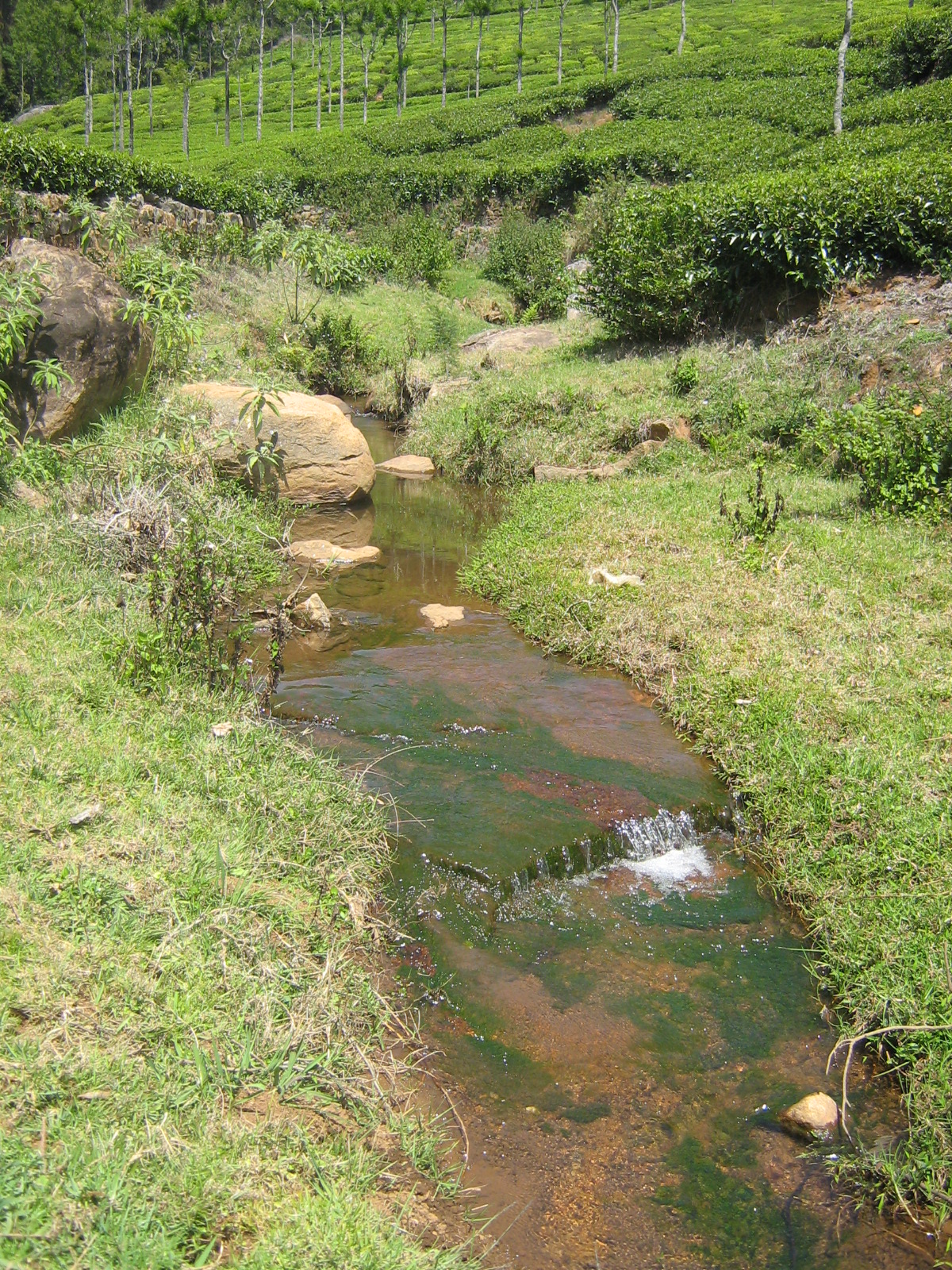A village of nine families bounded by a river on one side and thick forests on the other, lived here in Kilcoupe, an Irula hamlet in the Nilgiris. The women went out into the forest in search of water, a risky activity, as there was quite a large chance that they would encounter either a gaur or an elephant, sometimes even a leopard.

Though our first project was in beekeeping, we took a closer look at their traditional sources of water. We made a small filtration system next to the river, tapped the water from the stream and installed a pipeline of more than 3 km that carried water all the way to the village.
This excited the Forest Department and inspired them to build a large checkdam to supply water for irrigation to the settlement. The water brought agriculture and that led to electric fencing in the region.

Also, health issues like diarrhea peaked during the monsoon, so we connected this to the water and shared basic messages such as the benefits of boiling drinking water. There were no toilets in these villages and the water was carrying quite a bit of pesticides from the tea and vegetable cultivation upstream. Thus this small implementation project led us to understand what happens in the Nilgiris landscape with respect to water.
Documentation of a primary survey conducted in 2001, to understand the situation of water resources and the existing community-based water management systems, was carried out. The issues involved with that are reported in 'Water and Livelihoods in the Niligirs- Part I & Part II'.
The Sigur model
A project to demonstrate alternate approaches to tackle the water situation was focused in the Sigur plateau area, a complex landscape of indigenous people, protected areas and a high tourist presence. It had the following components:
- To trace the history and use of water
- To analyze reasons for the breakdown of community based water management systems
- To arrive at a Water Resources Audit
- To work at the grassroots level with community institutions and design interventions along with them for sustainable water management, and
- To build a peoples’ regional water management plan
 Under this, perennial & seasonal streams were digitised whereas bore wells, open wells and other structures were geotagged, and spatial distribution of water resources in the plateau was mapped.
Under this, perennial & seasonal streams were digitised whereas bore wells, open wells and other structures were geotagged, and spatial distribution of water resources in the plateau was mapped.
At the village level, water user groups were formed and provided with water quality data on a monthly basis so that they could take appropriate measures.
For water issues in an urban setting, water quality data was collected during river walks and the findings shared with a cross section of stakeholders in a series of public meetings to help raise awareness about the status of the Coonoor river and its catchment area.
The neglected wetlands

Traditionally, the indigenous communities were intrinsically linked to the wetlands, but unfortunately today face numerous threats. 38 wetlands were surveyed and a status report prepared. The data collected was managed in spreadsheets and maps.
A management plan was undertaken for five selected wetlands and shared with the Hill Area Development Plan (HADP), which led them to allocate funds for protection of wetlands.
One wetland, that was planned to become a landfill was protected as a result.
This was followed up by a project to understand the status of water resources in the Coonoor region.
The way forward
With increasing stress on water resources, there is an urgent need to work on the various dimensions that affect water resources, namely river catchment protection, springs conservation, solid waste management, recycling and reuse of waste water, sanitation, managing chemical use in farming etc.
The future plan is to concentrate in the Coonoor region and demonstrate the impact of integrated and holistic interventions to improve the water resources situation.
Work is already underway to assess the feasibility of a Payment for Ecosystem Services Model to promote and reward water conservation while addressing the shortage of water supply.
Read the complete article Keystone’s work on water: An overview of interventions over time .
 minutes_of_nilgiri_wetlands_workshop.pdf
minutes_of_nilgiri_wetlands_workshop.pdf wetlands_conservation_and_sustainable_management_in_the_nilgiris.pdf
wetlands_conservation_and_sustainable_management_in_the_nilgiris.pdf sigur_project_report.pdf
sigur_project_report.pdf pesticide_study_by_sacon.pdf
pesticide_study_by_sacon.pdf conservation_action_plan_and_report_of_activities_undertaken_by_hwcg.pdf
conservation_action_plan_and_report_of_activities_undertaken_by_hwcg.pdf report_of_livelihood_linkages_and_economic_value_of_wetland.pdf
report_of_livelihood_linkages_and_economic_value_of_wetland.pdf document2.pdf
document2.pdf












